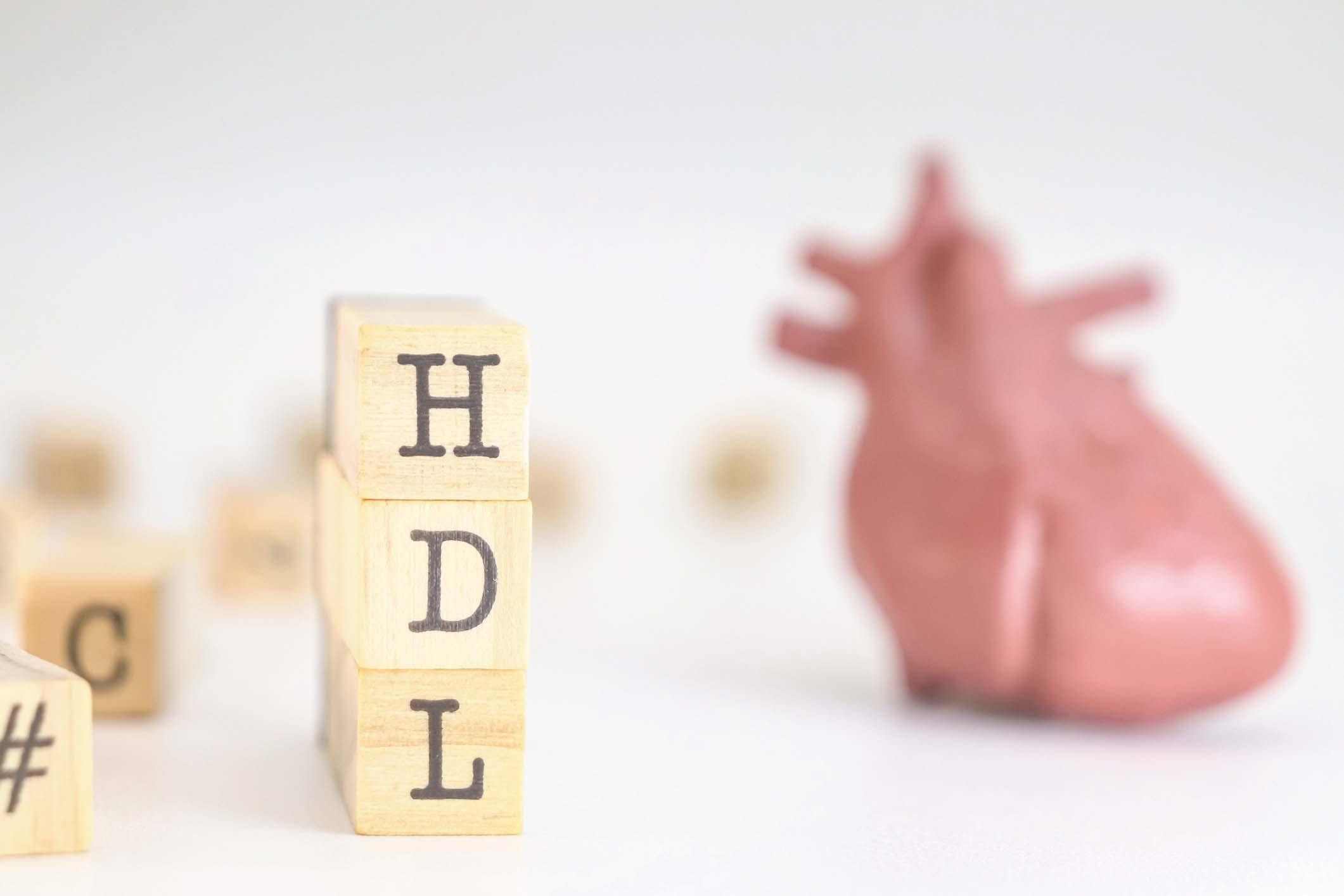The complex story of HDL cholesterol
Why you should stop thinking of HDL as "good" cholesterol.
- Reviewed by Howard E. LeWine, MD, Chief Medical Editor, Harvard Health Publishing; Editorial Advisory Board Member, Harvard Health Publishing

Lowering elevated levels of low-density lipoprotein (LDL), or “bad” cholesterol, is well established as one of the most important ways to prevent and treat heart disease.
LDL is considered bad for a good reason. Excess amounts can accumulate in artery walls and cause plaque buildup. If the buildup blocks blood flow to the heart or brain, it can trigger a heart attack or stroke.
Another kind of cholesterol — high-density lipoprotein (HDL) — is commonly referred to as “good” cholesterol. But this moniker is misleading. While HDL plays a role in heart health, its overall contribution is overrated, and in some cases, it can do more harm than good.
While the HDL level helps assess the risk of whether you are likely to develop cardiovascular disease, research has shifted the thinking about its role. Your level has little, if any, influence on the therapies prescribed to decrease heart disease and stroke risk. “There is still so much we don’t know or understand about HDL. But the evidence is clear that managing LDL levels is what matters most,” says Dr. Jorge Plutzky, director of preventive cardiology at Harvard-affiliated Brigham and Women’s Hospital.
Why HDL isn’t always “good”
Some HDL particles gather excess cholesterol from the bloodstream and artery walls and deliver it to the liver, where it’s broken down into harmless particles. In this way, HDL is considered “good.”
But the HDL story is not that simple. HDL is not a single particle, but a family of different particles that come in various shapes and sizes. They can be small, medium, or large. Some types are spherical, while others are dough-nut-shaped. This variety means not all HDL acts the same way. Some particles are great at grabbing excess cholesterol, while others are not. Some even transfer cholesterol the wrong way — away from the liver and into the blood-stream.
Increasing HDL does not improve outcomes. Genetics plays the major role in determining a person’s HDL cholesterol level. Men who inherit genes that lead to a level less than 40 milligrams per deciliter (mg/dL) are at increased risk of developing cardiovascular disease. Many experts suggest that HDL levels between 40 mg/dL and 80 mg/dL are a sweet spot for men.
Is more HDL better?
Whereas lowering LDL can significantly reduce the risk of heart attack, stroke and other cardiovascular problems, raising HDL levels does not have the same positive effects.
For instance, the results of studies involving a type of medicine that can raise HDL levels, called cholesteryl ester transfer protein (CETP) inhibitors, have been disappointing. Although these drugs can increase HDL levels (by as much as 60% in some cases), the higher HDL levels did not lead to a lower risk for heart attacks, strokes, or clogged arteries. This is cited as a major reason why the FDA has not approved any of these drugs.
In addition, a 2022 study in JAMA Cardiology found that among people with coronary artery disease, those with very high HDL levels (80 mg/dL or higher) were about as likely to die from heart disease as people with very low HDL (30 mg/dL or lower).
Focusing on LDLIf you have cardiovascular disease or are at high risk for it, you should aim for an LDL level of less than 70 milligrams per deciliter (mg/dL), although some experts advocate aiming for levels as low as 55 mg/dL. Achieving less than 100 mg/dL with lifestyle changes may be a reasonable goal for people at average risk, but many cardiologists now recommend striving for less than 70 mg/dL for all adults. Lifestyle changes like diet, exercise, and weight management, and taking a statin are the common approaches for lowering LDL. |
How to approach HDL
Given that your HDL level is primarily determined by genetics, can you offset the increased cardiovascular disease risk when your HDL is at the lower end or even below normal? “HDL levels often go up a little when people eat a healthy plant-based diet and exercise regularly,” says Dr. Plutzky. “But following a healthy lifestyle also lowers LDL levels and thus lowers your risk for heart attack and stroke. It’s these behaviors, not the slightly higher HDL levels that may result from them that are the driving factors.”
Don’t be surprised if your doctor and other experts continue referring to HDL as “good” cholesterol, as our understanding of HDL’s complexity remains a work in progress. For now, Dr. Plutzky advises against getting distracted by your HDL number and instead staying focused on your LDL level. “No matter what your HDL level is, all your cardiovascular risk factors will determine your LDL goal level,” he says. “Managing LDL levels is the top priority.”
This article is brought to you by Harvard Health Online+, the trusted subscription service from Harvard Medical School. Subscribers enjoy unlimited access to our entire website, including exclusive content, tools, and features available only to members. If you're already a subscriber, you can access your library here.
Image: © Alex Aviles/Getty Images
About the Author

Matthew Solan, Executive Editor, Harvard Men's Health Watch
About the Reviewer

Howard E. LeWine, MD, Chief Medical Editor, Harvard Health Publishing; Editorial Advisory Board Member, Harvard Health Publishing
Disclaimer:
As a service to our readers, Harvard Health Publishing provides access to our library of archived content. Please note the date of last review or update on all articles.
No content on this site, regardless of date, should ever be used as a substitute for direct medical advice from your doctor or other qualified clinician.
















